Dyson reveals early Google Glass-alike prototype
Vacuum cleaner manufacturer sheds light on its brief foray into wearable technology during the early noughties
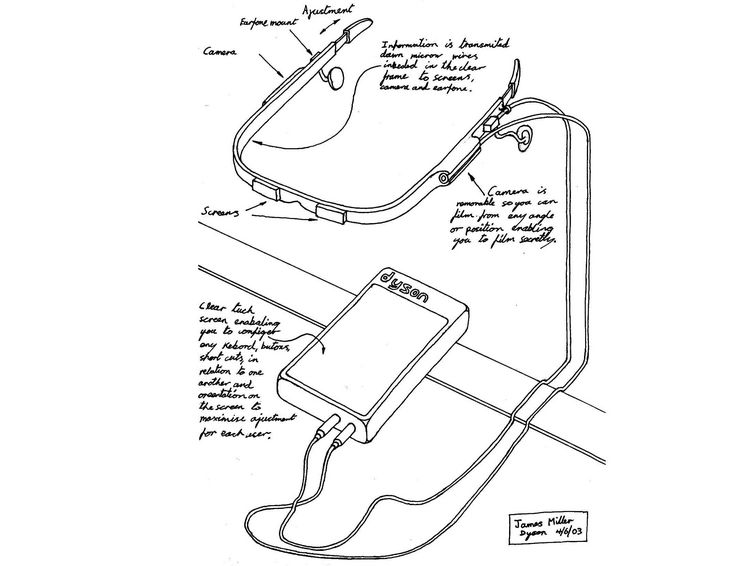
Dyson has revealed details of a prototype augmented reality headset, in the style of Google Glass, that the company produced more than a decade ago.
The bag-less vacuum cleaning firm reportedly started work on its Halo headset in 2001. It has only released details about its existence now to mark the fact 21 years have passed since the release of the world's first cyclonic vacuum cleaner.
The product was powered by a pocket computer. The headset featured a pair of mirrors that reflected the display of two monitors positioned near the user's temples into their eyes.
Any content users looked at would appear as if it was being beamed onto a 10in translucent screen about a metre ahead of them.
The design, which was shelved several years later, allowed users to operate the computer using audio and motion prompts, as well as a wrist-worn mouse that would allow them to interact with the display in front of them.
In an interview with the publication Digital Trends, company founder James Dyson suggested the things his team learned through working on Halo would have been put to good use elsewhere, despite the product being canned.
For example, he said the company's R&D team are regularly encouraged to push ahead with projects regardless of how "implausible" they seem.
Sign up today and you will receive a free copy of our Future Focus 2025 report - the leading guidance on AI, cybersecurity and other IT challenges as per 700+ senior executives
"Fans without blades and hand dryers that actually dry your hands wouldn't have come about unless Dyson engineers had the freedom to experiment," he said.
"We'll be doing it for the next 21 years, and the opportunities are only becoming more exciting."
-
 Can the ‘microshifting’ trend work in the tech sector?
Can the ‘microshifting’ trend work in the tech sector?In-depth Research shows that employees want to break up their working days into short, flexible blocks – here’s how tech leaders can implement what’s being coined as ‘microshifting’
-
 Driving sustainable AI success for partners with the AI flywheel
Driving sustainable AI success for partners with the AI flywheelIndustry Insights Igniting sustainable AI success and measurable ROI for partners with the AI flywheel
-
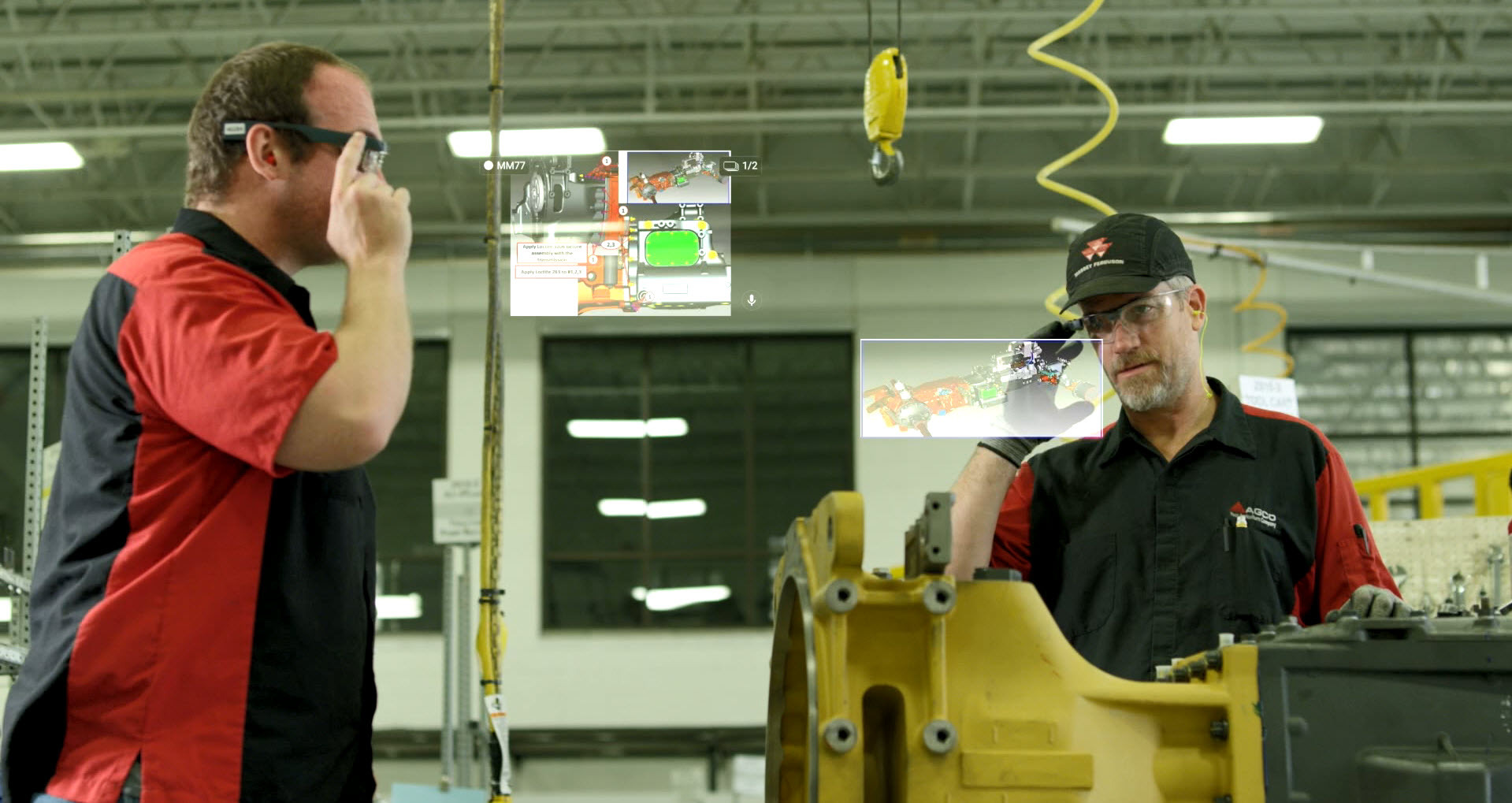 Google Glass Enterprise Edition targets key business verticals
Google Glass Enterprise Edition targets key business verticalsNews Google brings wearable back from the dead with business-focused successor
-
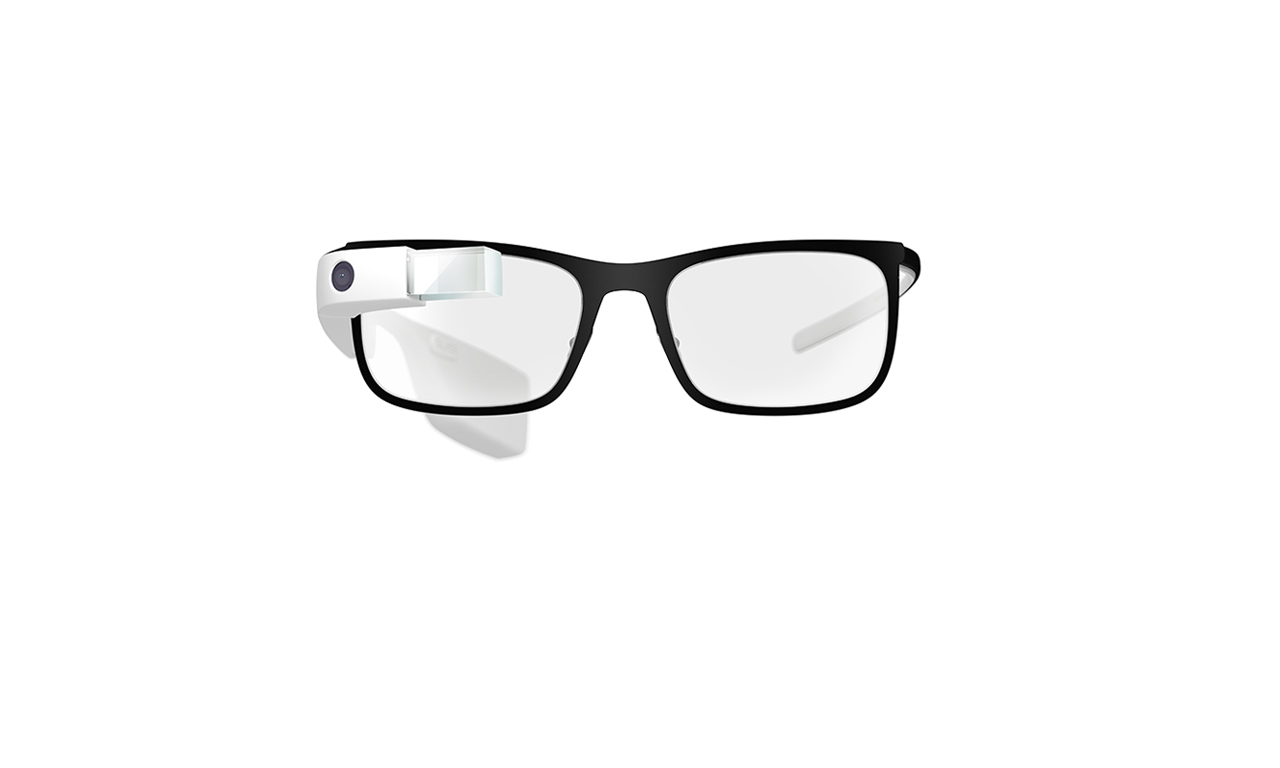 Does a Google Glass firmware update signal a comeback?
Does a Google Glass firmware update signal a comeback?News Google's ill-fated wearable could be set to return
-
 Wearables: First Windows 10 smartwatch is on its way, and it means business
Wearables: First Windows 10 smartwatch is on its way, and it means businessNews Specs are hard to come by, but we know it will be built on Microsoft's Windows 10 IoT OS
-
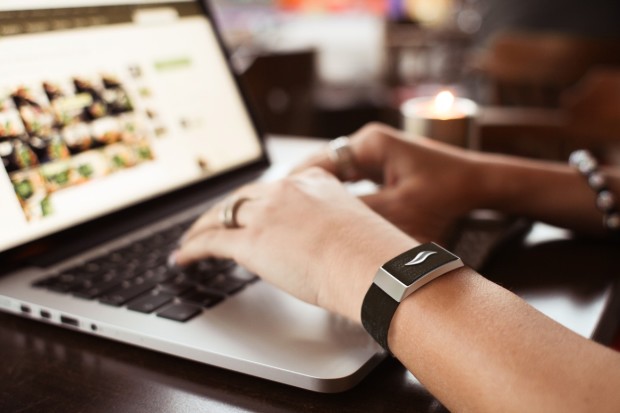 The best wearable devices for business
The best wearable devices for businessBest The best lightweight devices to help you stay productive during a busy workday
-
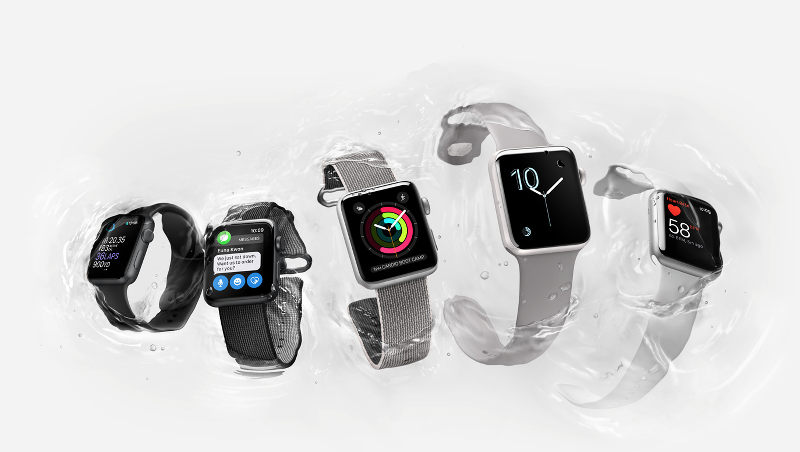 Apple Watch Series 2 review: First look
Apple Watch Series 2 review: First lookFirst look If you waited for the second generation, you haven't wasted your time
-
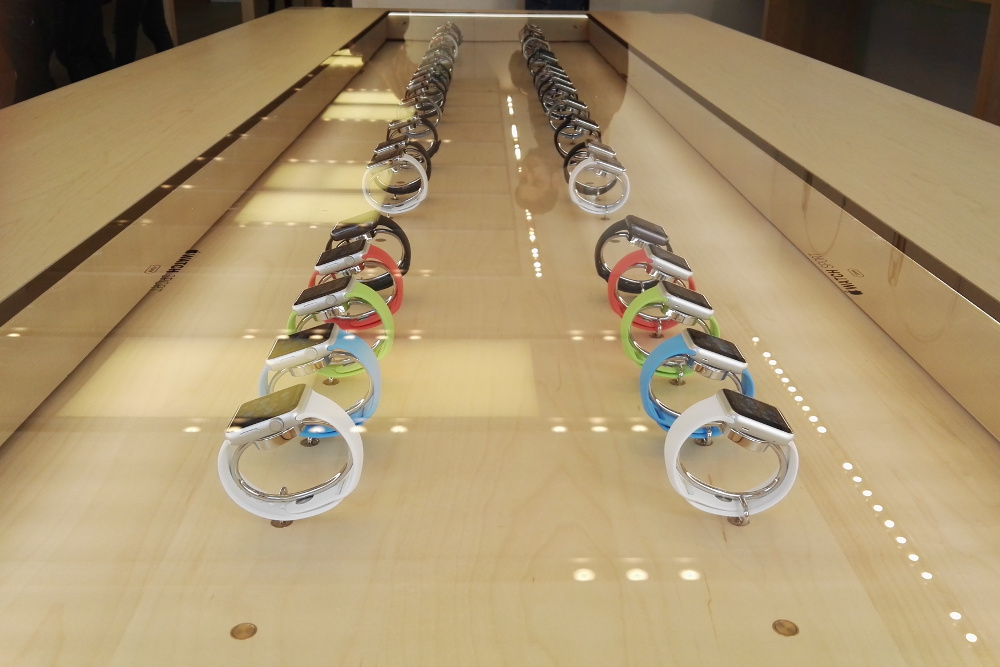 Apple watchOS 3 release date and features: watchOS 3 update available on 13 September
Apple watchOS 3 release date and features: watchOS 3 update available on 13 SeptemberRumours watchOS 3 can be downloaded from Tuesday next week
-
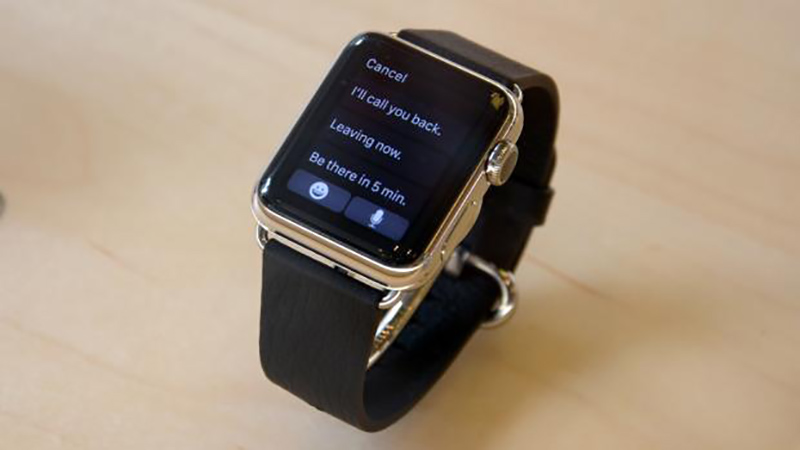 Apple Watch release date, price, features, availability and delivery date: Special edition Apple Watch bands arrive for the Olympics
Apple Watch release date, price, features, availability and delivery date: Special edition Apple Watch bands arrive for the OlympicsRumours But will only be available in Brazil
-
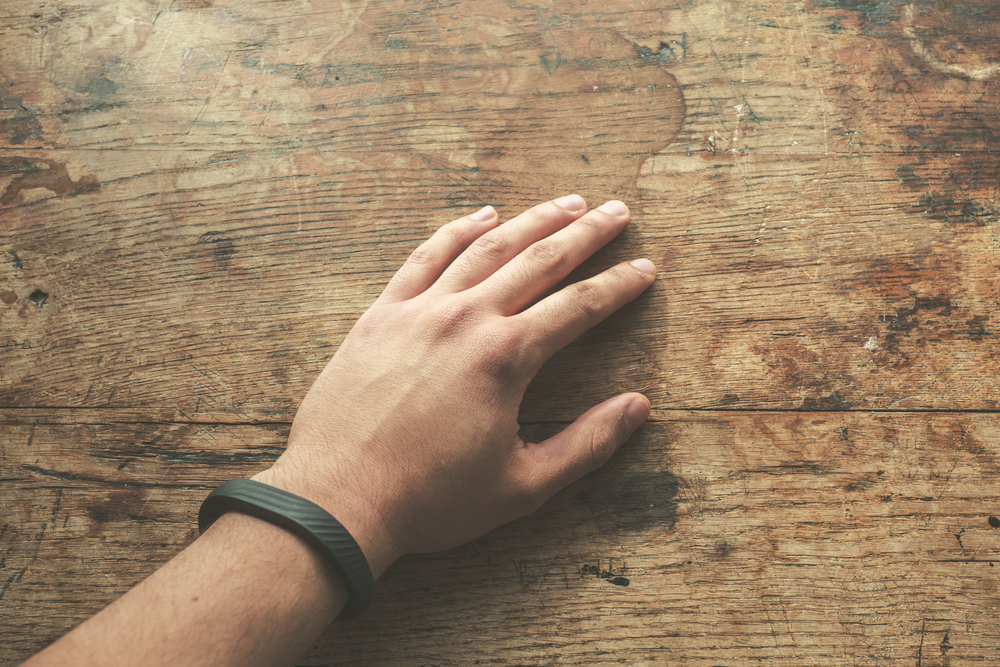 Fitbit patents ruled invalid in Jawbone lawsuit
Fitbit patents ruled invalid in Jawbone lawsuitNews ITC judge recommends case be thrown out